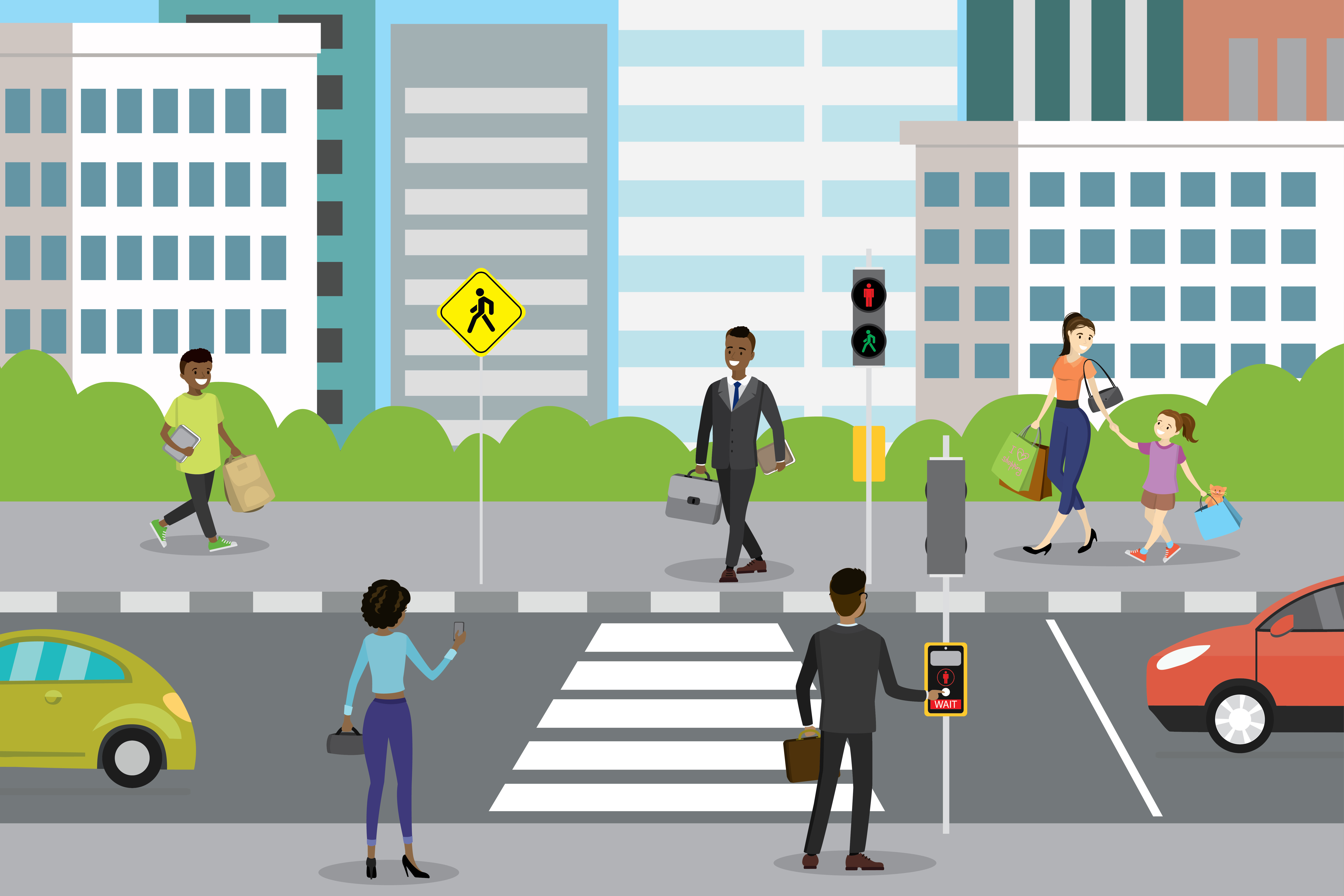PART A_1
We will read aloud the words below. Please repeat after me. I will check your pronunciation.
単語を音読します。講師に続いて読みましょう。講師は発音を確認します。
(Please send the mispronounced words and expressions to your student.)
PART A_2
| confusing | 混乱させる |
| as soon as~ | ~するとすぐに |
| recognize | 認知する |
| actually | 実際に、本当に |
| even if~ | たとえ~としても |
| eventually | やがて |
PART A_3
Now, let’s review some words from part A_2.
ではいくつかの単語を復習してみましょう。
(Please review the mispronounced words and expressions from part A_2.)
PART A_4
PART A_5
Now, please look at the picture below. Give three actions that you see in the picture.
以下の写真を見てください。3人の人物が何をしているか描写してみましょう。

PART A_6
| 1. | |
| 2. | |
| 3. |
PART A_7
Now, let’s review your answers.
では、あなたの答えを復習してみましょう。その後、修正したあなたの答えを読んでみましょう。
(Please review your student’s answers by sending the correct answers in complete sentences. After that, ask your student to read aloud his or her corrected answers.)
PART A_8
PART B_1
You will read aloud the passage below. I will check your pronunciation and intonation.
文章を読みます。講師が発音、イントネーションについて確認します。
(Please send the mispronounced words and expressions to your student.)
PART B_2
Language of the future
Pictograms are often used in street signs, buildings, train stations, schools and the likes. They help foreign travelers read and understand signs easier. However, pictograms can be confusing sometimes. For example, the road work ahead sign could mean different things. It could be a man digging or it could also be a man opening his umbrella on a windy day.
One’s cultural background could affect his or her understanding of a pictogram. For instance, some people can tell the message of a pictogram as soon as they see it, but others do not recognize immediately what it actually means. That is why when artists create a pictogram, they need to make sure that it is universal. In this way, people will easily understand its meaning even if they are not familiar with the culture.
Pictogram is considered an important tool for communication. As it becomes more and more popular, many people are curious if pictograms would eventually be the language of the future.
PART B_3
Now, let’s review some words and sentences from part B_2.
ではいくつかの単語、文章を復習してみましょう。
(Please review the mispronounced words and sentences from part B_2.)
PART B_4
PART B_5
I will ask the following questions. Please answer based on the passage. I will check if your sentences are complete and if the grammar is correct.
講師が以下の質問をします。読んだ内容をもとに答えましょう。講師は文法と完全な文章で答えられているかを確認します。
PART B_6
| 1. | Where are pictograms often used? |
| Answer: | |
| 2. | What helps foreign travelers read and understand signs? |
| Answer: | |
| 3. | What could affect one’s understanding of a pictogram? |
| Answer: |
PART B_7
Now, let’s review your answers.
では、あなたの答えを復習してみましょう。その後、修正したあなたの答えを読んでみましょう。
(Please review your student’s answers by sending the correct answers in complete sentences. After that, ask your student to read aloud his or her corrected answers.)
PART B_8
PART C_1
Please choose a word to complete each sentence. Then, read aloud the sentences.
言葉を選んで文章を完成させましょう。そのあと音読しましょう。
PART C_2
confusing
as soon as
eventually
recognize
| 1. | The instruction was very _________. |
| 2. | I will call you _________ I arrive. |
| 3. | John will forgive you _________. |
PART C_3
Now, let’s review your answers.
では、あなたの答えを復習してみましょう。その後、修正したあなたの答えを読んでみましょう。
(Please review your student’s answers by sending the correct answers in complete sentences. After that, ask your student to read aloud his or her corrected answers.)
PART C_4
PART D_1
Please answer the following questions.
I will check if your sentences are complete and if the grammar is correct.
I will check if your sentences are complete and if the grammar is correct.
講師が質問しますので答えましょう。講師は文法と完全な文章であるかを確認します。
PART D_2
| 1. | Do you think pictograms are confusing? | |
| Answer: | . | |
| 2. | Are pictograms important? | |
| Answer: | . | |
| 3. | Do you find pictograms helpful? | |
| Answer: | . | |
| 4. | Are using pictograms an effective way of communication? | |
| Answer: | . |
PART D_3
Now, let’s review your answers.
では、あなたの答えを復習してみましょう。その後、修正したあなたの答えを読んでみましょう。
(Please review your student’s answers by sending the correct answers in complete sentences. After that, ask your student to read aloud his or her corrected answers.)
PART D_4